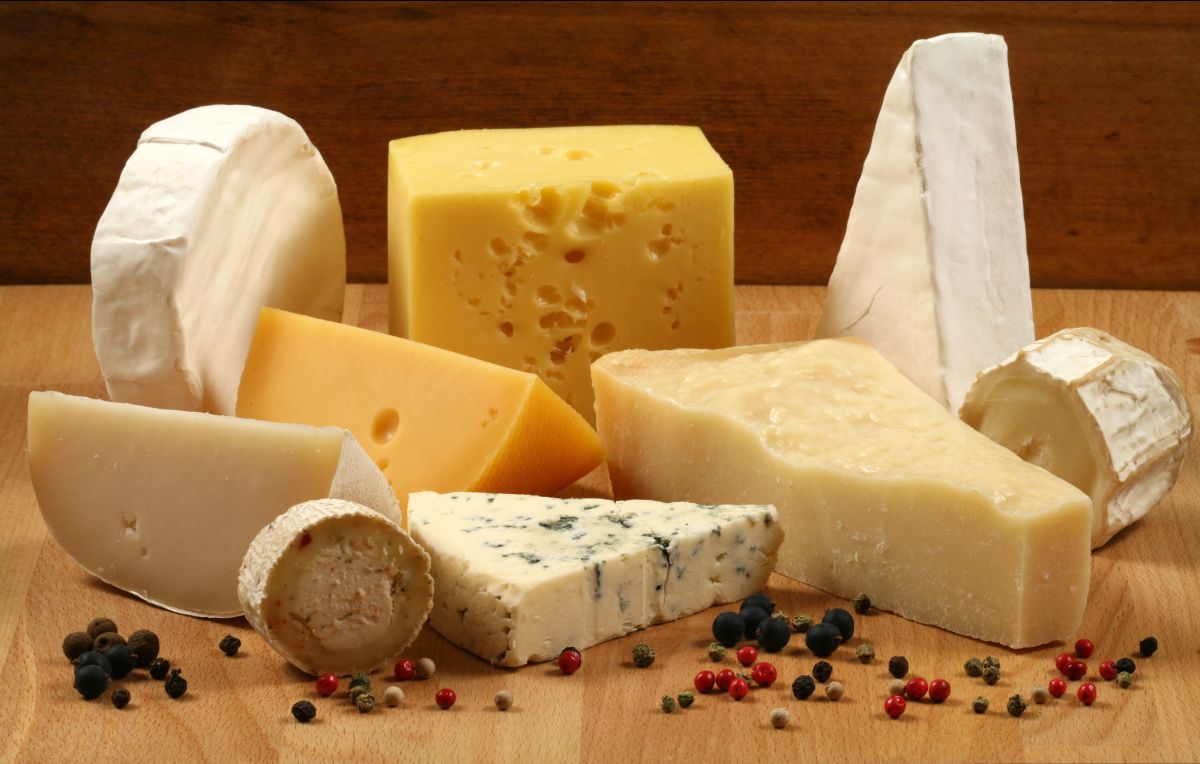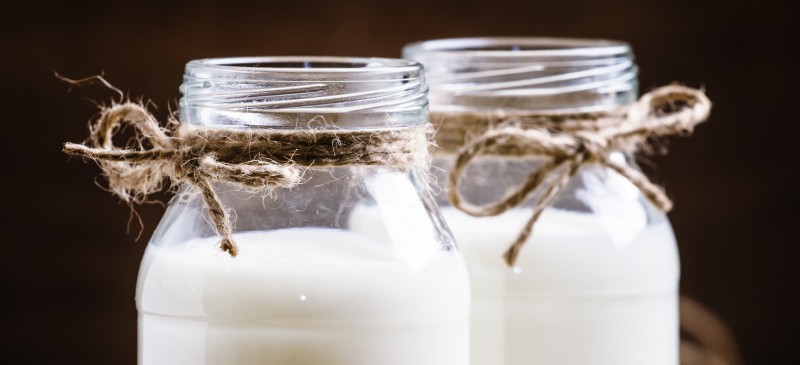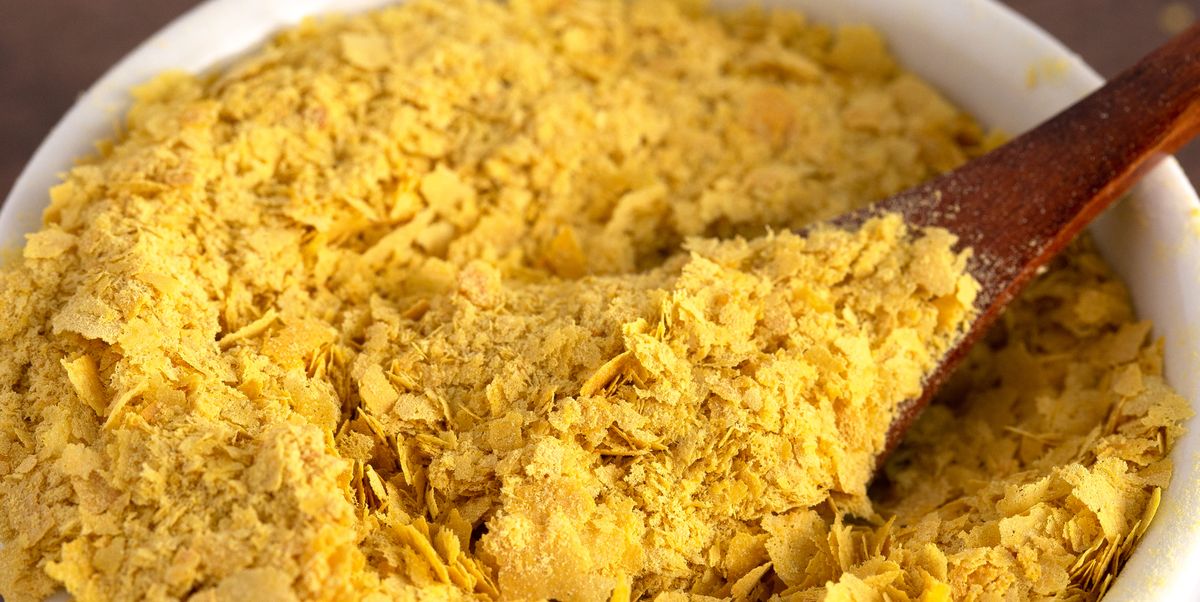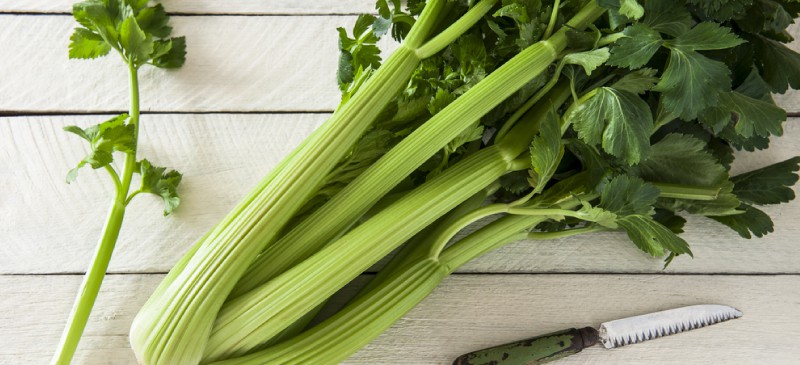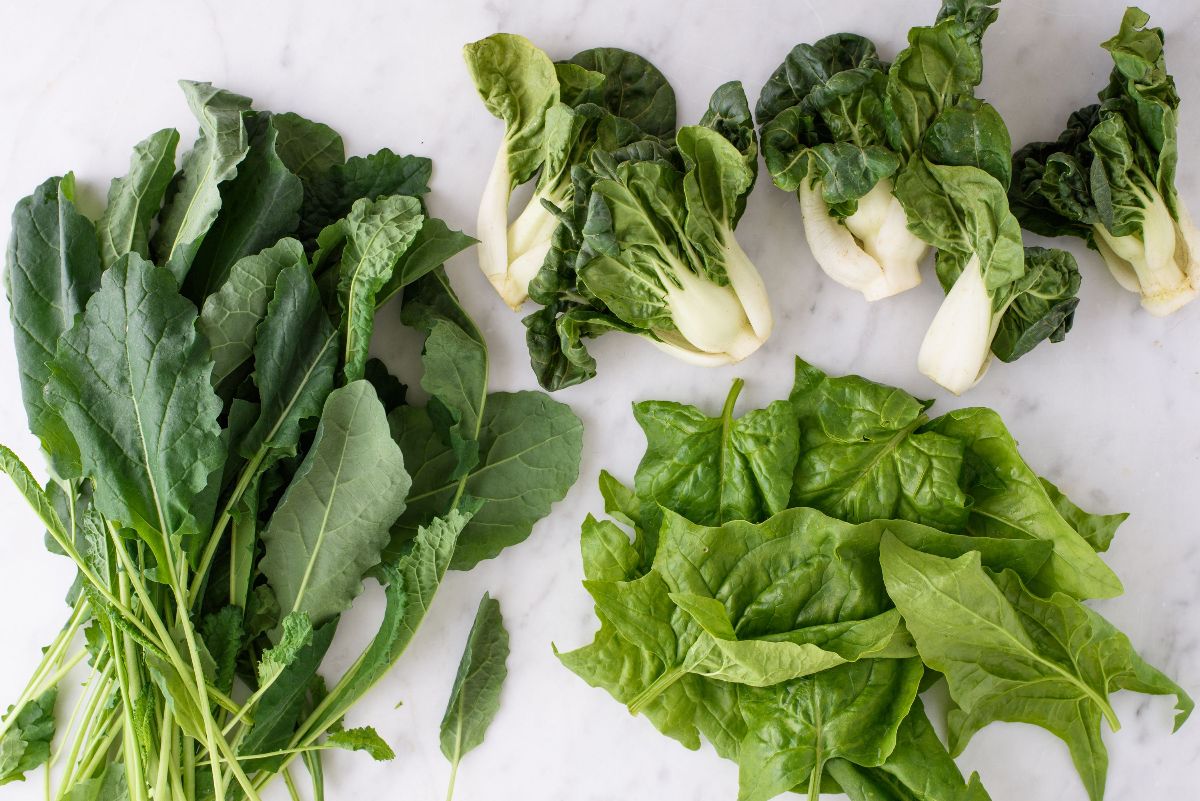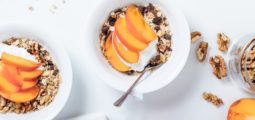With “shelter in place” in effect, here a few quick tips on nutrition dense items that you should stock in your pantry or fridge.
The best part is that you can make ONE errand and be set for 4-6 weeks. But please be mindful of hoarding. Get what you need.
- Don’t have to run to the groceries every few days
- Can schedule the trip for the perishables (fruit, leafy greens, milk and bread)
- Can assimilate healthy carbohydrates in your diet easily without worrying about weight gain
- Can skip leafy greens if you would like. (See note below)
If you follow these following guidelines you
Cheese
Location – in the fridge or freezer
Lasts for 2/3 months unopened.
You can break up the cheese and store them in consumable quantities so it does not go bad in a month after opening.
Cheese is a great source of calcium, fat, and protein. It also contains high amounts of vitamins A and B-12, along with zinc, phosphorus, and riboflavin. Cheese made from the milk of 100 percent grass-fed animals is the highest in nutrients and also contains omega-3 fatty acids and vitamin K-2
Cheese contains the goodness of a number of essential nutrients, including protein, calcium, zinc, phosphorus, magnesium, vitamin A, vitamin B2 (riboflavin) and vitamin B12.
Goat Milk Cheese (if you are dairy free)
Location – in the fridge or freezer
Goat’s milk has more medium-chain fatty acids than cow’s milk. These types of fat are rapidly absorbed in your body and less likely to be stored as fat ( 38 ). Furthermore, goat cheese may be easier for some people to digest than cheese made from cow’s milk.
Nutritional Yeast (Vegan)
Location – Pantry
It contains many B vitamins: One tablespoon of nutritional yeast contains 30 – 180% of the RDI for B vitamins. When fortified, it is especially rich in thiamine, riboflavin, niacin, vitamin B6 and vitamin B12
Nutritional Yeast can be used in the following ways:
- Sprinkle over any pasta dish
- Sprinkle over any soup
- Mix a couple tablespoons into homemade hummus for a cheesy twist
- Sprinkle it over vegan pizza
- Sprinkle it over vegan chili
- Sprinkle it over half an avocado with salt and pepper
- Use it in salad dressings and dips
Bell Peppers
Location – fridge
Lasts fresh in the fridge for up to 8 weeks.
Fresh, raw bell peppers are mainly composed of water (92%). The rest is carbs and small amounts of protein and fat.
Red peppers pack the most nutrition, because they’ve been on the vine longest. Green peppers are harvested earlier, before they have a chance to turn yellow, orange, and then red. Compared to green bell peppers, the red ones have almost 11 times more beta-carotene and 1.5 times more vitamin C.
Is it OK to eat bell peppers everyday?
Short answer is yes! Red bell peppers are a tasty vegetable that can be enjoyed either cooked or raw. One red bell pepper contains more than 100% of your daily vitamin C needs. It also contains significant amounts of dietary fiber and vitamin B6. Bell peppers are associated with with reducing cholesterol and lowering blood sugar and hence are great for weight loss. They can fill out any dish without adding the calories and have a small amount of fat burning capsaicin in them.
Celery
Location – in the fridge
Lasts fresh in the fridge up to 4 weeks.
Celery is very low in calories and carbohydrates. One medium stalk contains a mere 6 calories and 1.2 grams of carbohydrate. Half of the carbohydrate content in celery comes from fiber, making it a good source of fiber. Celery is a food that contains a lot of water, which will act as a diuretic in your body and flush out fluids and toxins, but do not eat it close to bedtime!
Read this if you miss your leafy grains!
Leafy greens are perishables, they last for a week or max 10 days in the fridge.
Here are some creative ways to eat more leafy greens without resorting to salads.
- Kale Chips
- Soups
- Smoothies
- Fresh Fruit Juice
- Pesto
- Hummus and Guacamole

